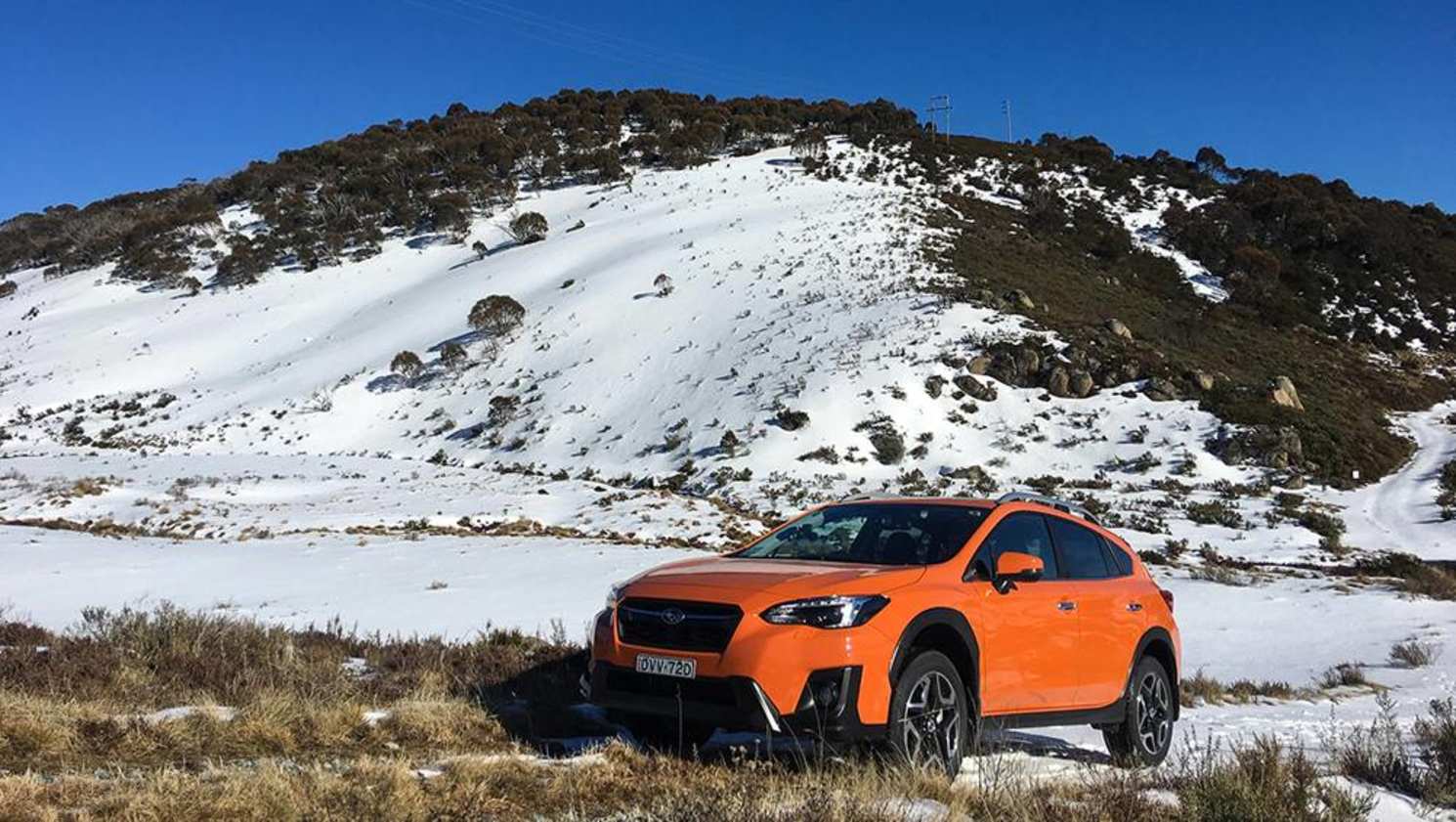Heading off to the snow for some fun on the slopes is plenty exciting. But if you are driving down in a diesel vehicle then you best know about Alpine Diesel fuel to prevent getting stuck in the car park at the end of the day.
Alpine Diesel is a form of winter diesel fuel resistant to freezing, and it's very common overseas (more so than Australia). In cold climates, where the temperature gets down to below zero each winter, diesel can start turning into wax or gel and prevent the car from starting. The diesel freezing point is much warmer than the freezing point of petrol (-30 degrees C).
The temperature where diesel starts to thicken up and form wax is known as the cloud point, and cloudy diesel is a big problem as it can clog injectors and filters and cause plenty of damage.
Australian Standard AS 3570-1998 specifies maximum cloud point limits for diesel around Australia, depending on local weather conditions. Alpine Diesel is a special diesel blend made with a four degrees Celsius lower cloud point, which allows the fuel to be used in areas where regular diesel would have started forming wax already.
In areas where the temperature regularly drops to zero or less, most service stations will offer Alpine Diesel, or a diesel additive for winter conditions, as the cloud point switches depending on the season and average temperature.
If you're planning on a trip to these areas, make sure you put at least half a tank of Alpine Diesel, or add an alpine diesel additive. You can purchase alpine diesel additives from automotive parts stores to pour into your tank, and these tip-ins are required when driving in areas where the temperature regularly dives under minus seven degrees.
On top of Alpine Diesel, there is also a blend of fuel called Highland Diesel, which is in between Alpine Diesel and regular warm-weather diesel for areas that don't get quite so cold.
.jpg)
.jpg)

.jpg)
.jpg)

.jpg)

.jpg)
.jpg)

.jpg)
.jpg)
.jpg)
.jpg)



_0.jpg)
.jpg)
.jpg)



